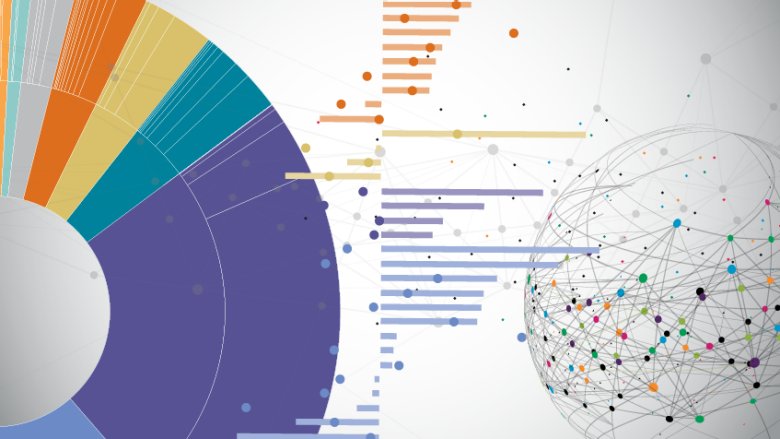Methodology and Usage
The data for the MPM is derived from harmonized surveys in the World Bank’s Global Monitoring Database. The latest estimates for the world are available for circa 2022, using household survey data collected within a three-year window between 2019 to 2025.
The MPM is composed of six indicators: consumption or income, educational attainment, educational enrollment, drinking water, sanitation, and electricity. These are mapped into three dimensions of well-being: monetary, education, and basic infrastructure services.
The three MPM dimensions are weighted equally, and within each dimension each indicator is also weighted equally. Individuals are considered multidimensionally deprived if they fall short of the threshold in at least one dimension or in a combination of indicators equivalent in weight to a full dimension. (See Table1). In other words, households will be considered poor if they are deprived in indicators whose weight adds up to 1/3 or more. Because the monetary dimension is measured using only one indicator, anyone who is income poor is automatically also poor under the multidimensional poverty measure.
Table 1. Multidimensional Poverty Measure Dimensions, Weights, and Thresholds
| Dimension | Indicator | Weight |
|---|
Monetary | Daily consumption or income is less than US$ 3.00 per person. | 1/3 |
Education | At least one school-age child up to the age of grade 8 is not enrolled in school. | 1/6 |
No adult in the household (age of grade 9 or above) has completed primary education. | 1/6 |
Access to basic infrastructure | The household lacks access to limited-standard drinking water. | 1/9 |
The household lacks access to limited-standard sanitation. | 1/9 |
The household has no access to electricity. | 1/9 |
Source: adapted from World Bank, 2024
Summarizing the information on the different deprivations into a single index proves useful in making comparisons across populations and across time. However, any aggregation of indicators into a single index always involves a decision on how each indicator is to be weighted.
Not all countries have current and comparable data on all the above dimensions, making it challenging to construct a multidimensional poverty measure, especially at the global level.
What does multidimensional poverty look like around the world?
At a global level, the share of the poor is 51 percent higher when education and basic infrastructure are added alongside monetary poverty — from 11.3 percent living below $3.00 per day to 17.1 percent. By comparing the monetary poverty dimension with indicators from other dimensions, it is possible to form a picture of how many multidimensionally poor are not captured by monetary poverty, as well as which indicator deprivations most affect well-being in the different regions (See Table 3).
Table 2. Monetary and Multidimensional Poverty Headcount, by Region and the World, circa 2022
Region | Monetary poverty (%) | Multidimensional poverty (%) | Number of economies | Population coverage (%)a |
East Asia and Pacific* | 3.8 | 4.1 | 15 | 34.8 |
Europe and Central Asia | 0.6 | 2.1 | 40 | 79.8 |
Latin America and the Caribbean | 4.4 | 5.1 | 18 | 90.0 |
Middle East, North Africa, Afghanistan & Pakistan* | 1.7 | 4.7 | 8 | 35.7 |
North America | 1.4 | 1.4 | 1 | 89.5 |
South Asia | 5.2 | 16.2 | 6 | 98.6 |
Sub-Saharan Africa | 50.0 | 61.2 | 25 | 65.9 |
All regions | 11.3 | 17.1 | 113 | 65.1 |
Source: Global Monitoring Database, October 2025.
Note: The multidimensional poverty rate is the share of the population defined as multidimensionally poor. The monetary poverty rate is based on the $3.00 international poverty line. Regional and total estimates are population-weighted averages of survey-year estimates for 113 economies. Number of economies is the number of economies in each region for which information is available in the window between 2019 and 2025, for a circa 2022 reporting year. * indicates low population coverage. Table was updated on October 24th, 2025 to reflect the Poverty and Inequality Platform regional classification.
a. Population coverage refers to the population that is covered by a recent survey (in 2020 or later) described here: What's New Brief
